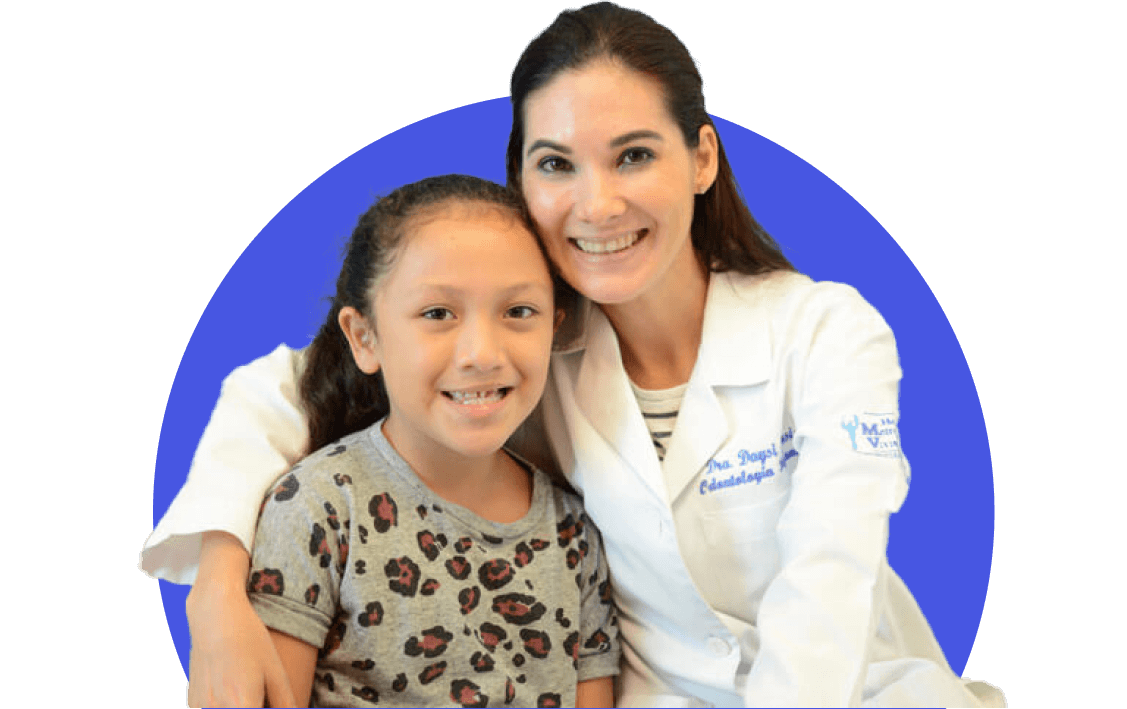- Cleft Home
- What is Cleft Lip and/or Palate?
- Prenatal Diagnosis
- Feeding Your Baby
- What is a Cleft Team?
- Surgery
- Hearing, Speech, and Dental Care
- Paying for Treatment
- Managing Feelings
- Craniofacial Conditions
- Toddlers and Preschoolers
- The School-Aged Years
- The Teenage Years
- Letter to a Teacher
- Information for Adults
- Support Organizations
- Learn More: Downloads
- Cleft Home
- What is Cleft Lip and/or Palate?
- Prenatal Diagnosis
- Feeding Your Baby
- What is a Cleft Team?
- Surgery
- Hearing, Speech, and Dental Care
- Paying for Treatment
- Managing Feelings
- Craniofacial Conditions
- Toddlers and Preschoolers
- The School-Aged Years
- The Teenage Years
- Letter to a Teacher
- Information for Adults
- Support Organizations
- Learn More: Downloads
Will my child have speech issues during the school-aged years?
Many years ago, it was common for children with a repaired cleft palate to start school with untreated speech problems. Experts now have speech expectations for these children that are much the same as those for children born without clefts.
It is also true that some children born with cleft palate have speech differences that persist during the school-aged years. These issues may be caused by an inability to seal off the nose from the mouth, certain dental problems affecting sound production, and recurrent middle-ear problems and hearing loss.
By the time children reach age five, they should have been evaluated regularly for speech and language and for hearing and health of the middle ears. The Federal government requires states to provide speech/language evaluation and treatment services for individuals between three and 21 years of age. (Individuals with Disabilities Education Act or IDEA, Public Law 101-476).
What is Velopharyngeal Dysfunction?
Velopharyngeal dysfunction (VPD) occurs when the opening between the soft palate and the back wall of the throat cannot close properly during speech. Approximately 15-25% of children born with cleft palate (with or without cleft lip) will develop VPD after palate-repair surgery. VPD can cause hypernasal speech (the sound of too much air coming through the nose during speech).
Which sounds are affected by VPD?
When we talk, some sounds are supposed to come through our noses, like the /m/ and /n/ sounds. You can feel the vibration in your nose when you say words like “mom” and “no.”
Most other sounds are supposed to come only through our mouths. You should not feel the same vibration in your nose when you say words like “pop” and “cat.” It is the closure of the velopharyngeal space that allows us to build up air pressure in the mouth and make these consonant sounds (see figure).
This closure occurs when the soft palate lifts up and back to contact the back of the throat, possibly with the walls of the throat moving in to meet it. People with VPD cannot close this space effectively and therefore have air coming through their noses when it should not (see figure).
How is VPD diagnosed?
When someone’s speech sounds nasal, it usually means that VPD is present. However, in order to determine the cause of VPD—and the best way to treat it—it is necessary to look at the velopharyngeal structures during speech.
A multiview videofluoroscopy is an x-ray that allows specialists to view the velopharyngeal mechanism during speech. A nasopharyngoscopy is performed using a narrow, flexible scope that is inserted through the nostril to view the palate from above. Some experts also use magnetic resonance imaging (MRI) to view the velopharyngeal structures. A cleft-team SLP should always be present during this evaluation.
What are the surgical options for VPD?
There are several ways to address VPD through surgery:
Lengthening of the Soft Palate: During a procedure to lengthen the soft palate, a surgeon operates on the soft palate to make it longer and/or to correct the position of nearby muscle. With improved length and mobility, the soft palate should make contact with the back wall of the upper throat during speech.
Pharyngeal Flap: For a pharyngeal flap procedure (see figure), a surgeon creates a flap of tissue that connects the soft palate to the back wall of the throat. This flap improves closure between the nose and the mouth and helps to eliminate nasal sound in speech.
Sphincter Pharyngoplasty: During a sphincter pharyngoplasty, a surgeon creates two flaps of tissue along each side of the throat which are then pulled up and attached to the sides and back of the throat. The result is a permanent ring of tissue that makes the velopharyngeal space smaller. As the soft palate elevates during speech, it will make contact with this ridge to close the space.
Pharyngeal Wall Augmentation: During a pharyngeal wall augmentation, the surgeon creates a bulge on the back wall of the upper throat that makes the velopharyngeal space smaller. After surgery, the soft palate will make contact with the bulge during speech.
Why do some people need speech therapy after surgery?
Before surgery, children with VPD may try to compensate for their lack of velopharyngeal closure. In order to try to make speech sounds that other people make, they may use their throats or tongues in ways that actually make it more difficult to understand their speech. These speech patterns are called compensatory articulations.
Treating VPD will not automatically stop your child from making speech sounds incorrectly. Like any habit, it takes effort to change these speech patterns. Speech therapy can often help the child re-train his or her mouth to make speech sounds correctly, even before physical treatment of VPD.
What are the non-surgical treatment options?
Surgery isn’t always the best option for people with VPD, either because they are not healthy enough to undergo an anesthesia or surgery, or because the cleft palate team believes that surgery would not be successful. In these cases, VPD may be treated with a removable appliance called a prosthesis that assists velopharyngeal closure during speech.
A prosthesis is made by a dental specialist such as a prosthodontist. The two main types of appliances are the speech bulb and the palatal lift, both of which resemble orthodontic retainers with extensions on the end.
In some cases, a prosthesis is a permanent solution to VPD; some patients may wear it daily for the rest of their lives. In most cases, it is a temporary solution that is used until a person is considered a good candidate for surgery.
Which VPD treatment is best?
It is important to remember that there are different causes of VPD. The approach to treatment must be designed to address the cause of the problem. Your health care providers will consider the size of the velopharyngeal gap, the length of the soft palate, and what parts of the palate and/or throat move well during speech. Because these factors vary from person to person, the treatment approach that is appropriate for one person may not be appropriate for another. Be sure to talk with members of your cleft team for more information.
What speech problems can happen because of the teeth?
Children born with a cleft in the gumline may have dental differences that can affect speech. It is common to have missing teeth, extra teeth, and/or teeth positioned out of place. Your child’s upper and lower teeth or jaws may not fit together well. Orthodontic appliances can also prevent a child from making precise articulation, as can the normal loss of baby teeth.
All of these conditions of the teeth and jaw can prevent precise speech production (articulation), especially for sounds like “s,” “z,” “sh,” “ch,” and “j.” The speech-language pathologist can work with your child to help make speech as clear as possible during these years. With growth and treatment, the teeth and dental structures will usually become more favorable for articulation.
Read the ACPA Treatment Options for Better Speech booklet



